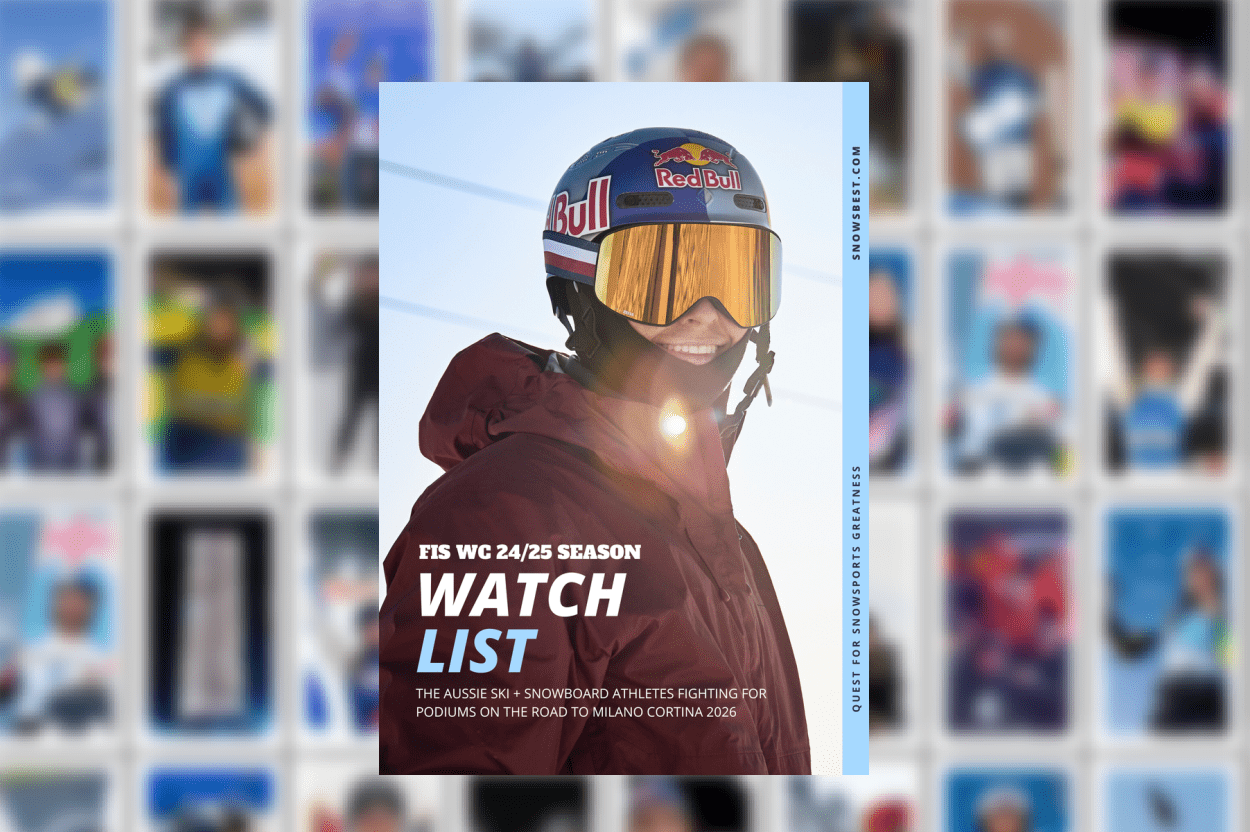You spend all day in boots clicked into planks sliding down snow so you want them to work, right? There’s nothing worse than ill fitting ski boots that leave you in pain and agaony.
When it comes to choosing a good fitting ski boot, there are several things to look out for as well as common mistakes to avoid to ensure you get better and longer performance in your ski day.
With more than 40 years of boot fitting experience, Peter Haley, owner of snow sports speciality retailer Bumps Snowsports, knows exactly what to look for in a good fitting ski boot.
So, we asked him.
Find an experienced boot fitter
First and foremost, when it comes to finding the perfect fit, Peter said it is imperative to find a good boot fitter with several years of experience.
“When I am analysing a foot, there are about 30 different things that I look for to assess whether a ski boot is a good fit. Things like the foot and lower leg shape, alignment, width, whether people have long or short toes, whether their feet are pronating or supinating. There are so many different things we look at when we’re looking at a boot.
“A good boot fitter, like myself, can look at a foot and, nine times out of ten, I will be able to pull one boot out and that’s usually what the customer ends up walking out with. Once I’ve got a good idea of the shape of the foot, I can pick the most suitable shape of ski boots. With all my years of experiencing in boot fitting, I know what to look out for.
“If a boot fitter puts you into 20 different pairs of boots, they clearly don’t know what they’re doing. It’s not a guessing game.”
A good boot fit should be ‘firm and secure’
“If a boot feels super comfortable as soon as you’ve put your foot in it and you’ve barely done it up, it’s possibly too big or the wrong shape,” says Peter.
Equally, a boot that feels awful to begin with might be the best fit for you, with the right tweaks and modifications.
You are meant to be able to touch your toes at the end of the liner in a brand-new boot. When you push your knees forward, your toes should pull away from the front of the boot.
Invest in boots, rent the skis
If you want your own set up of skis and boots and your budget won’t allow for all of it, don’t buy the skis, but definitely buy the boots.
“You can always rent good skis. But you can’t rent a custom fitted boot, that’s modified and adjusted properly to fit your foot,” advises Peter.
Match your boot to your skiing capability
A beginner skier, practising on flat and well-groomed terrain, is advised to choose a boot with soft or medium flex. They are lighter on the foot and allow comfort for long periods of time.
An intermediate skier, who is exploring steeper terrains and harsher weather conditions, requires a boot that allows for precision in steering and control. A medium flex boot is ideal, which allows for experimental skiing and use across different terrain conditions.
An advanced skier, likely to be skiing in challenging terrains such as deep snow, high mountains and even ice, will want stiff boots with minimal flex. The fit needs to be snug and precise, allowing for increased safety and agility.

Common mistakes to avoid:
Thinking you know better than your boot fitter
As the customer, don’t insist on choosing a specific ski boot, whether that be a particular colour or brand. Listen to your boot fitter’s recommendations and follow their guidance.
Buying boots on sale because they’re cheap
Cheap boots don’t necessarily mean they will be a good fit, advises Mr Haley.
“When people buy boots on sale, they are thinking more about the price rather that what is going on with their feet. A boot is a long-term investment. You’re better off spending more and getting it right because it is the number one, most important piece of equipment that affects your enjoyment of your skiing,” says Peter.
Choosing a boot because you like how it looks
Avoid choosing a ski boot in a specific brand, style or colour simply because you like the look of it. A ski boot is not a fashion item; it’s more important that it’s a good fit.
“Your ski pants cover the top half of the boot anyway. And you shouldn’t be looking down at the colour of your boots while you’re skiing, you should be watching where you’re going.”
Being reluctant to get boots modified
The best boot fit has a shell shape that is as similar as possible to the shape of your foot and lower leg, with the least amount of modification done to it.
However, modification is the best option for some people, to achieve the best fit possible.
“In fact, we often recommend that people come and get their boots adjusted. If you’re having an issue with your boots, get them sorted out.”
Bumps Snowsports is a speciality snow sports retailer located in Melbourne. The store stocks the largest range of snow equipment and gear in Australia, and offers hire and tuning services.

































